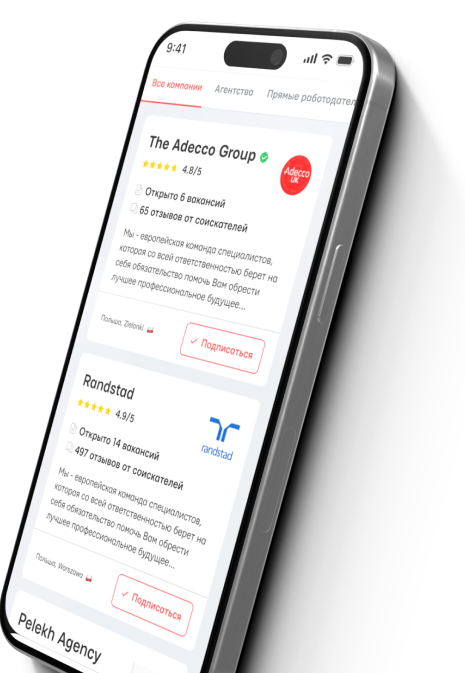What is LIBOR rate in simple terms.


The credit system is complex and very diverse. It has many different processes. The credit system also varies with different rates. For example, LIBOR is a rate that is also called a weighted average. Overall, LIBOR rate is useful for many companies, so it's better to study this issue right away and understand what it is in simple terms.
It will also be important for investors or beginners to know about this. After all, it can be useful for many participants in credit agreements.
What is the LIBOR rate?

Let's start with the term. LIBOR (London Interbank Offered Rate). This is an interest rate that relates to the largest banks in the world. They provide short-term loans to each other and then use these rates. For a long Time, LIBOR was a key benchmark for global financial markets, determining the cost of various financial products, such as loans, mortgages, bonds, and derivatives.
In 2024, in the context of the Ukrainian economy and global financial changes, understanding the significance of the LIBOR rate remains important, although it has lost its role as a key indicator. That is, the rate is used, but it does not have as much power as before.

A few words should be said about how such a rate appeared at all. It was first used back in 1986. The goal was to provide the financial market with a universal benchmark for determining the cost of loans. And this rate performed this role for years. Initially, LIBOR considered only 5 main currencies. We were talking about the national currency of the USA, Europe (countries using the euro), Britain, Japan, and Switzerland.
The rate was calculated daily based on data provided by the largest banks that determined at what interest rate they were willing to lend to other banks.
The calculation of this rate was conducted separately. First, all the data was collected. Participants (international banks) provided their interest rates. Next, the so-called extremes were considered. The highest and lowest rates were excluded from the calculation. Only after that the average value was needed. The arithmetic mean of the remaining values became the LIBOR rate. This rate was published every day at 11:00 London time. It was indeed incredibly important for a long time.
How was the rate used?

In its time, LIBOR was used as a benchmark for several loans. What are we talking about:
Bank loans. For example, mortgages or loans with variable rates were often tied to LIBOR.
Corporate bonds. The price of bond issuance could be calculated based on LIBOR.
Financial instruments. Instruments such as forwards and options used LIBOR to determine conditions.
For Ukraine in 2024, understanding LIBOR is important as many international credit lines and investment instruments could be related to this rate.
Pros and Cons of LIBOR

First of all, we need to mention what the pros and risks of such a rate are. Its advantages:
It's a pretty universal tool. LIBOR was accepted as a global standard, which simplified financial operations.
The rate can be calculated fairly easily and quickly. Using the mean made the rate clear and transparent.
This rate was also flexible. LIBOR covered different loan terms: from one day to one year.
It is necessary to mention the disadvantages of such a rate. What we are talking about:
First, we need to consider certain manipulations. In 2012, a scandal arose related to the artificial lowering or raising of rates by participating banks.
The rate was directly dependent on banking data. LIBOR reflected only the subjective data of banks, rather than the real state of the market.
The rate has long lost its relevance. In recent years, there has been a need to switch to more objective alternatives.
However, for a long time, the rate covered all shortcomings.
Refusal of the rate and transition to other rates
For many years the rate was effective, but since 2021 the situation has changed. Refusal from LIBOR began, but gradually. In its place came other, more effective rates:
SOFR (Secured Overnight Financing Rate) — a rate based on real transactions for secured loans in US dollars.
SONIA (Sterling Overnight Index Average) — a rate for the British pound.
€STR (Euro Short-Term Rate) — a rate for the euro.
Each of these rates had its advantages and the same risks. For Ukrainian financial organizations, this means the necessity to revise the terms of existing contracts tied to LIBOR.

As for Ukraine in 2024, when difficult circumstances arose in the country (due to the war). However, the financial system of the country continues to operate. The LIBOR rate remained important for the following areas of life:
Loans from international companies. Many companies attracted loans in foreign currency tied to LIBOR.
Investment market. Ukrainian investors working with foreign markets could use instruments dependent on this rate.
That is, this rate may be losing relevance, but it has not entirely outlived itself.
Read also
- What is MoneyGram in simple words
- What is needed for transferring and receiving money via Western Union
- What is Western Union in simple words
- Who is an acquirer in simple terms
- Who is an issuer in simple terms
- What is emission in simple terms









